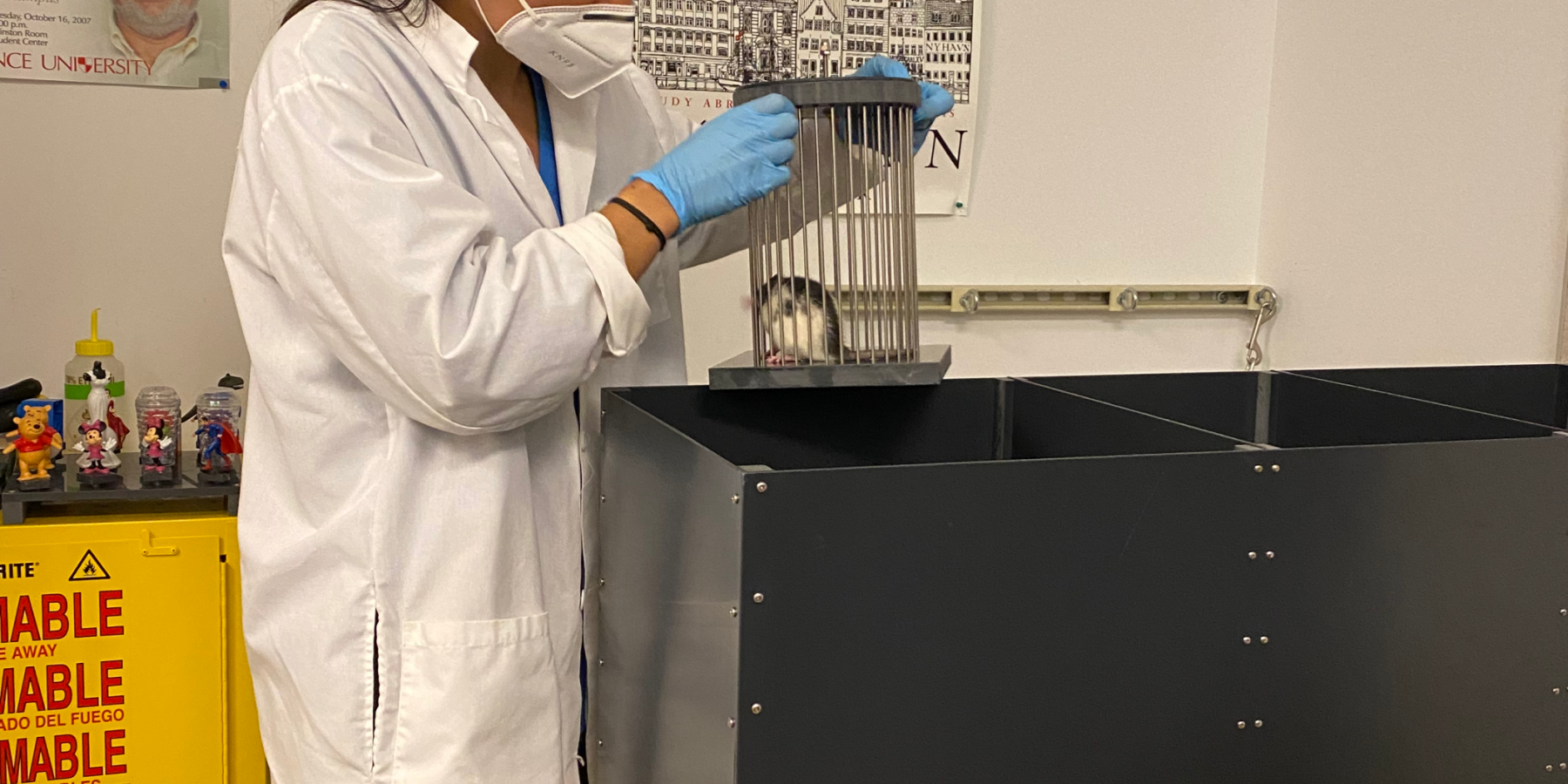Early Life Adversity and Anxiety-Like Behavior.

Early life stress (ELS) is considered a risk factor for the development of psychiatric conditions, including depression and anxiety disorder. Individuals living in adverse environments are exposed to multiple stressors simultaneously, such as neglect, maltreatment, and limited resources.
The limited bedding and nesting model (LBN) was used in the present experiment to model ELS in rats. In the lab, ELA was simulated by limiting bedding and nesting (LBD) material for a group of newborn rats, resulting in adverse early-life conditions and the mother not providing normal care to the pups from postnatal days 2-9. The control rats were kept in typical cages with normal bedding. After PND 9, all the groups were housed in standard cages with normal bedding. Open field, elevated plus maze, and social interaction tasks were performed after PND 27 to assess social and anxiety-like behavior.
The study investigated the hypothesis that neonatal limited bedding and nesting (LBN), a type of ELS, may operate as a risk factor for the increase in anxiety-like behavior in adult rats. The three tests showed in some ways LBN did increase anxiety-like behavior, but not in all cases. In the open field, the elevated plus maze, and the social task, the group differences were found to be significant for some dependent measures; for example, more time spent by the LBN rats in the inner zone of the open field test showing increased anxiety-like behavior. These findings indicate that LBN may induce anxiety-like behavior. Yet other dependent measures were not significantly different between groups. These findings are useful for better understanding causes and possible treatments for anxiety disorders in children who have experienced early life adversity, especially those in foster care or refugee camps.

